A flying wing is a tailless fixed-wing aircraft that has no definite fuselage. The crew, payload, fuel, and equipment are typically housed inside the main wing structure, although a flying wing may have various small protuberances such as pods, nacelles, blisters, booms, or vertical stabilizers.[1]
Similar aircraft designs that are not - strictly speaking - flying wings, are sometimes referred to as such. These types include blended wing body aircraft, and microlights (such as the Aériane Swift), which typically carry the pilot (and engine when fitted) below the wing.
History Edit
The Northrop YB-35 was an experimental heavy bomber developed during World War II.
Tailless aircraft have been experimented with since the earliest attempts to fly. John William Dunne's swept-wing biplane designs displayed inherent stability. But it was not until the deep-chord monoplane wing, as first demonstrated by Hugo Junkers's firm as early as December 1915, became less experimental after World War I that the opportunity to discard any form of fuselage arose and the true flying wing could be realized.
Hugo Junkers patented a wing-only air transport concept in 1910. He saw it as a natural solution to the problem of building an airliner large enough to carry a reasonable passenger load and enough fuel to cross the Atlantic in regular service. He believed that the flying wing's potentially large internal volume and low drag made it an obvious design for this role. In 1919 he started work on his "Giant" JG1 design, intended to seat passengers within thick wings, but two years later the Allied Aeronautical Commission of Control ordered the incomplete JG1 destroyed for exceeding postwar size limits on German aircraft. Junkers conceived futuristic flying wings for up to 1,000 passengers; the nearest this came to realization was in the 1931 Junkers G.38 34-seater Grossflugzeug airliner, which featured a large thick-chord wing providing space for fuel, engines, and two passenger cabins. However, it still required a short fuselage to house the crew and additional passengers.
The flying wing configuration was studied extensively in the 1930s and 1940s, notably by Jack Northrop and Cheston L. Eshelman in the United States, and Alexander Lippisch and the Horten brothers in Germany.
Soviet designers such as Boris Ivanovich Cheranovsky started research independently and in secret under Stalin after the 1920s.[2] With significant breakthrough in materials and construction methods, aircraft such as the BICh-3,[3] BICh-14, BICh-7A and so on became possible. Men like Chizhevskij and Antonov also came into the spotlight of the Communist Party by designing aircraft like the tailless BOK-5[4] (Chizhevskij) and OKA-33[5] (the first ever built by Antonov) which were designated as "motorized gliders" due to their similarity to popular gliders of the time. The BICh-11[6] by Cheranovsky in 1932 was competing with the Horten brothers H1 (and Adolf Galland) at the Ninth Glider Competitions in 1933, but did not demonstrate in the 1936 summer Olympics in Berlin. The BICh-26[7] was one of the first attempts at a supersonic jet flying wing aircraft, ahead of its time in 1948[8] the airplane was not accepted by the military and the design died with Cheranovsky.
Northrop YB-49 flying wing bomber, the YB-35 converted to jet-power
Early examples of true flying wings include:
The Soviet Boris Ivanovich Cheranovsky built and tested tailless flying wings, from 1924 gliders, eventually also powered BICh-3.
Frenchman Charles Fauvel designed the AV3 glider, successfully flown in 1933,[9] featuring a self-stabilizing airfoil on a straight wing.[citation needed]
The German Horten H1 glider flown with partial success in 1933, and the subsequent H2 flown successfully in both glider and powered variants.[10]
The American Freel Flying Wing glider flown in 1937.[citation needed]
The American Northrop N-1M of 1940.[11]
The American Northrop N-9M - scale development aircraft for the YB-35 - of 1942.
The German Horten Ho 229 of March 1944—the world's first twin jet engine pure flying wing
The British Armstrong Whitworth A.W.52G of 1944, a glider test bed[12] for the later Armstrong Whitworth A.W.52 jet-powered version.[13]
The American Northrop YB-35 of 1946.
The American Northrop YB-49 of 1947.
The Turkish THK-13 of 1948.[14][15]
The Horten Ho 229, built by Nazi Germany late in World War II, was the first jet powered flying wing.
Part of a Ho 229 V3, unrestored as of 2007, at the Smithsonian's Paul Garber Facility
Several late-war German military designs were based on the flying wing concept (or variations of it) as a proposed solution to extend the range of the otherwise very short-range jet engined aircraft. Most famous of these would be the Horten Ho 229 fighter. This aircraft, first flown in 1944, combined a flying wing, or Nurflügel, design with twin jet engines in its second, or "V2" (V for Versuch) prototype airframe flown by Erwin Ziller, until a flameout in one of its Junkers Jumo 004 jet engines caused Ziller to lose his life in the crash. The unflown, nearly completed surviving "V3," or third prototype remains in storage at the Smithsonian Institution in an unrestored state.[16]
After the war, a number of experimental designs were based on the flying wing concept. Some general interest continued until the early 1950s, when the concept was proposed as a design solution for long-range bombers. Such trends culminated in the Northrop YB-35 and YB-49, which did not enter production. Those designs did not necessarily offer a great advantage in range and presented a number of technical problems, leading to the adoption of "conventional" solutions like the Convair B-36 and the B-52 Stratofortress. Early designs of the Avro Vulcan by Roy Chadwick also explored flying wing designs.[17]
Interest in flying wings was renewed in the 1980s due to their potentially low radar reflection cross-sections. Stealth technology relies on shapes that reflect only radar waves in certain directions, thus making the aircraft hard to detect unless the radar receiver is at a specific position relative to the aircraft—a position that changes continuously as the aircraft moves. This approach eventually led to the Northrop Grumman B-2 Spirit stealth bomber. In this case, the aerodynamic advantages of the flying wing are not the primary reasons for the design's adoption. However, modern computer-controlled fly-by-wire systems allow for many of the aerodynamic drawbacks of the flying wing to be minimized, making for an efficient and stable long-range bomber.[citation needed]
Due to the practical need for a deep wing, the flying wing concept is most practical for designs in the slow-to-medium speed range, and there has been continual interest in using it as a tactical airlifter design. Boeing continues to work on paper projects for a blended wing body Lockheed C-130 Hercules-size transport with better range and about one third more load, while maintaining the same size characteristics. A number of companies, including Boeing, McDonnell Douglas, and de Havilland, did considerable design work on flying wing airliners, but to date none has entered production.[citation needed]
Specifications
General Characteristics
- Predecessor Space Conflict (CHALLENGE) (Finished)
- Successors 1 airplane(s)
- Created On Android
- Wingspan 30.9ft (9.4m)
- Length 31.2ft (9.5m)
- Height 8.9ft (2.7m)
- Empty Weight 5,654lbs (2,565kg)
- Loaded Weight 10,146lbs (4,602kg)
Performance
- Power/Weight Ratio 3.322
- Wing Loading 22.7lbs/ft2 (110.9kg/m2)
- Wing Area 446.7ft2 (41.5m2)
- Drag Points 1936
Parts
- Number of Parts 19
- Control Surfaces 5
- Performance Cost 237

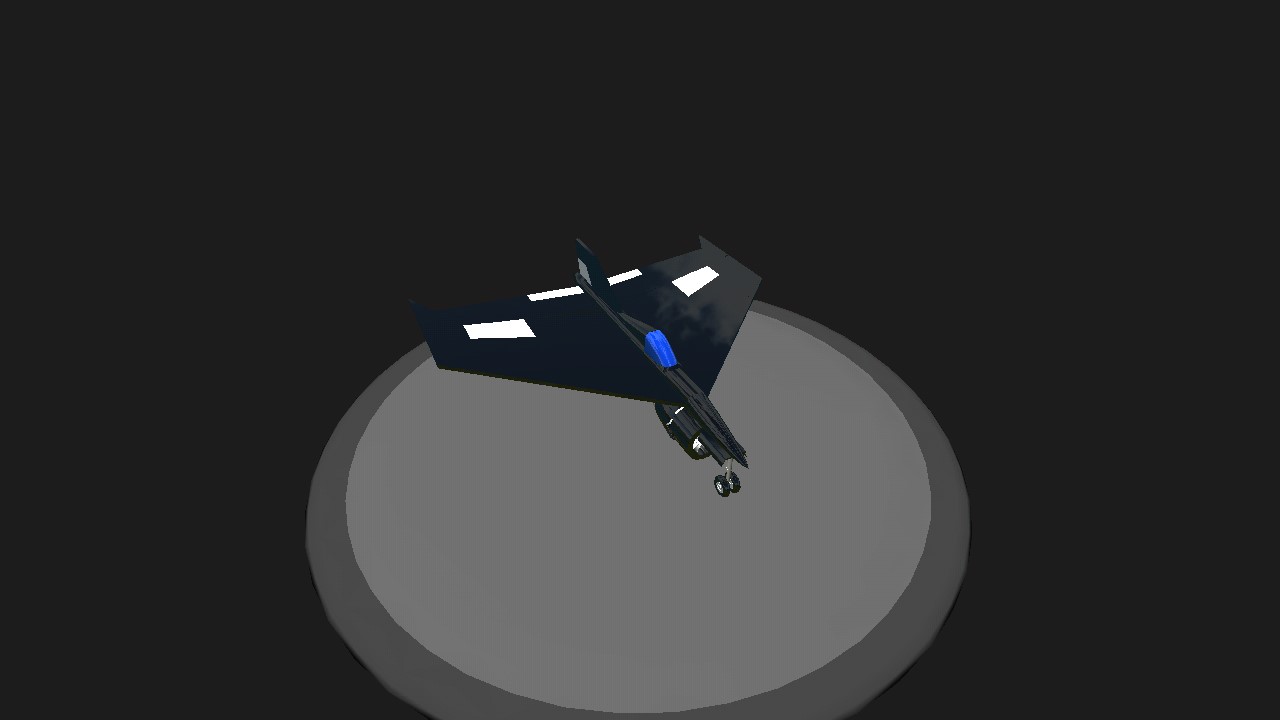
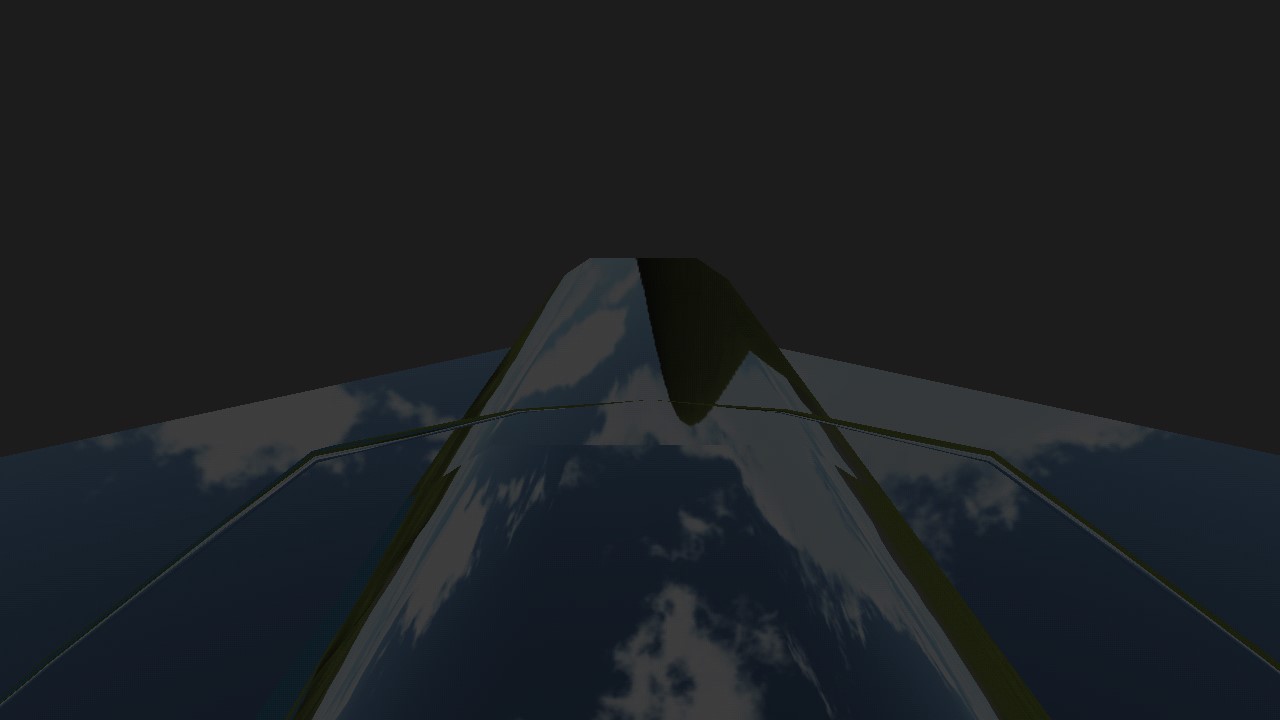
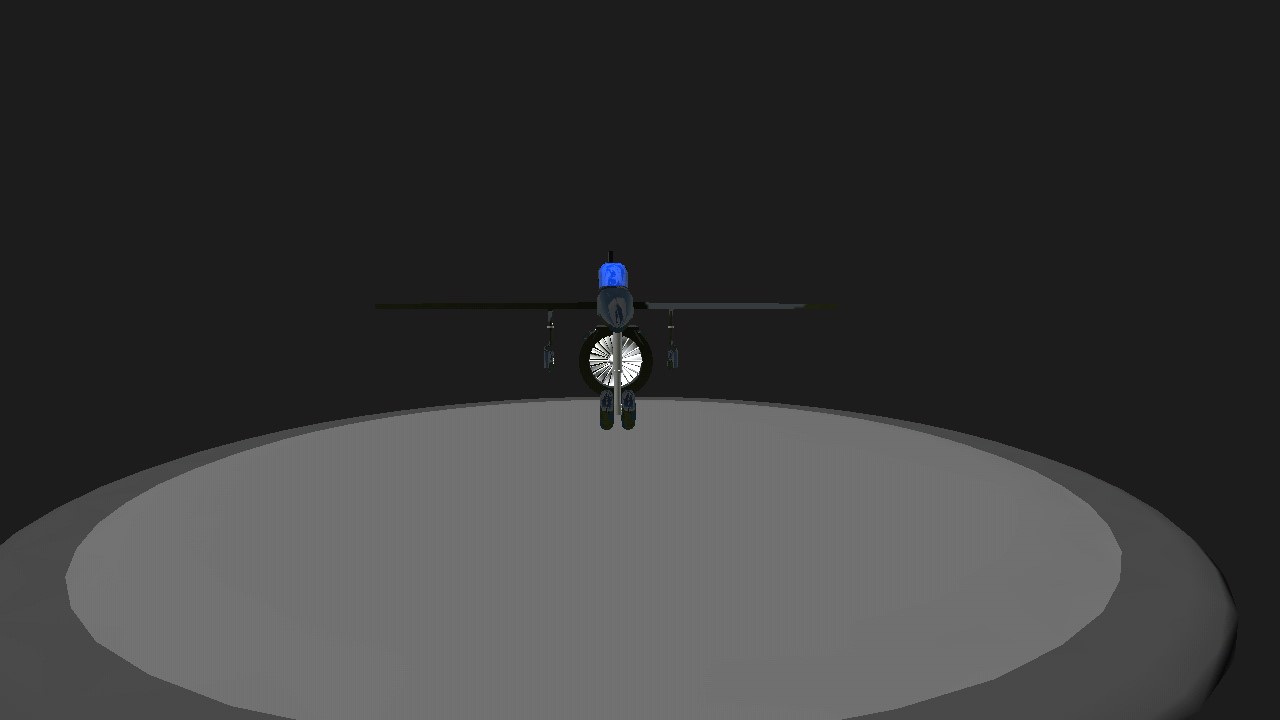
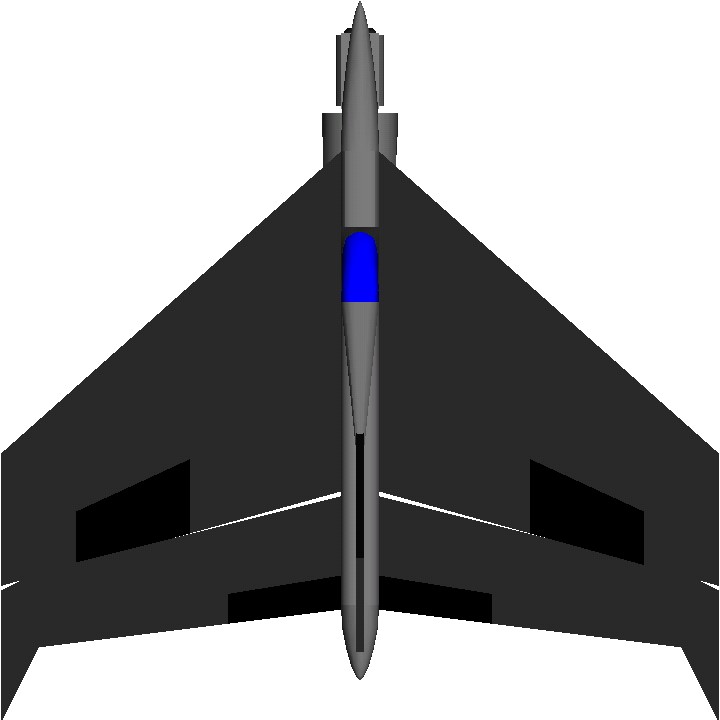
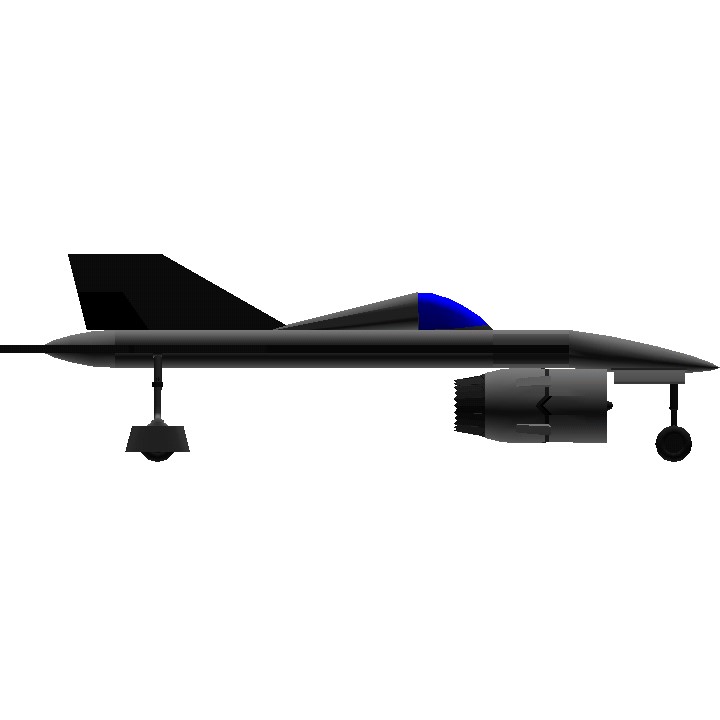
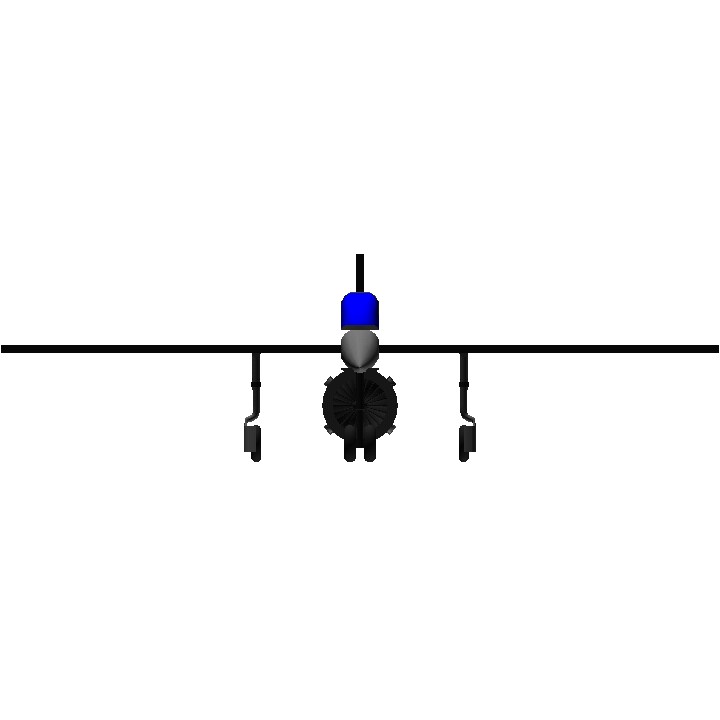
It is ok, but you need to write nation name and it's history @KevokevoMC
@DogeZ this is simply a copy of my old brokrn rc flying wing airplaine so i hope this is acceptable
You need to write nation name and history